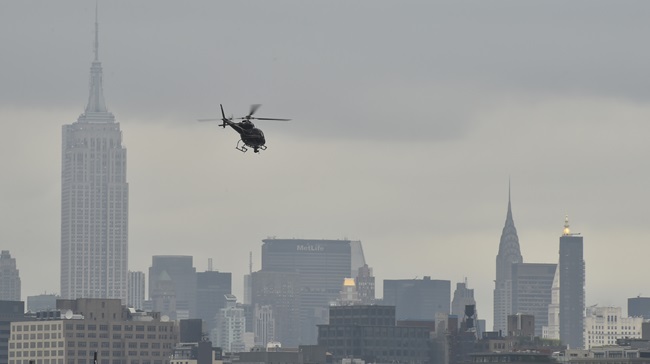Student pilot certificate rules change April 1
AOPA resources explain impact on applicants, instructors
AOPA is reminding student pilots and their flight instructors that significant changes in the process of applying for and issuing student pilot certificates take effect on April 1 in conjunction with a new rule adopted by the FAA.
For student pilots, this means that it will no longer be possible to obtain a combined medical certificate and student pilot certificate from an aviation medical examiner. There will be no expiration date on the new student pilot certificates.
Flight instructors will no longer endorse student pilot certificates, but will make those endorsements in student pilots’ logbooks. Instructors also will find themselves playing an active role in the process of issuing student pilot certificates because CFIs will be among those designated as persons authorized to process a student pilot’s application, ensuring that it is in order before forwarding it to the FAA. Student pilots will have other options for applying for the certificate, such as applying through their local FAA flight standards district office, designated pilot examiners, or some Part 141 school officials.
The FAA has estimated that it will take approximately three weeks to approve and return the new plastic student pilot certificates to applicants by mail.
That time lag is why the new rule presents some complications for a student pilot eager to participate in the aviation tradition of soloing for the first time on the sixteenth birthday.
Specifically, the new application procedures require the individual processing the application to verify that all the applicant’s eligibility requirements are met—including that the applicant is at least 16 years old at the time of the application. Given the wait time for the FAA to issue the student pilot certificate, the possibility of soloing on the sixteenth birthday seems remote.
But that is not entirely the case. While the FAA and AOPA work to find a solution, AOPA is suggesting that a student pilot apply for a student pilot certificate appropriate for gliders—which may be soloed at age 14—at least four weeks before his or her sixteenth birthday. Upon receipt of the certificate, the student pilot may then receive the appropriate logbook endorsements from his or her flight instructor to solo a powered aircraft on the sixteenth birthday.
To answer the many questions students and their instructors are sure to come up with about the new procedures, AOPA recommends reviewing the resources and frequently asked questions that the association has prepared since the Student Pilot Application Rule was published in January.
This AOPA Online article from Jan. 14 reported on the FAA’s finalization of the rule, giving an overview of the rule in its final form contrasted with the original FAA proposal, which contained provisions—eventually dropped when AOPA strongly objected—such as a requirement that the certificates include a photo of the holder.
An AOPA Podcast, “Episode 10: New Final Rule for Student Pilot Certificates,” also outlines the differences between the longstanding methods for obtaining a student pilot certificate and the new procedures.
The FAA has issued an updated advisory circular (AC 61-65F) on pilot certification that includes the changes in student pilot certification, as AOPA reported in this March 2 article.
On March 24, AOPA reported to members on a remedy the association has proposed for the complications the new rule presents to those seeking a sixteenth birthday first solo, and how to keep the new rule from spoiling those plans.
“AOPA hopes that the information provided here will serve as a guide that student pilots who have not yet applied for their certificates, and their CFIs can use to ensure a smooth transition to the new student pilot application process,” said Justin Barkowski, AOPA director of regulatory affairs.




